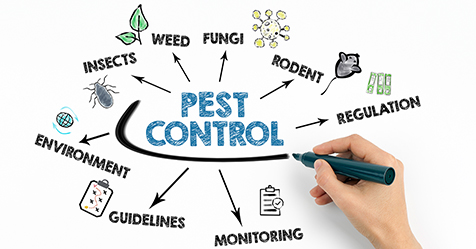The following tips were adapted from the Association for Professionals in Infection Control and Epidemiology’s new book, Infection Preventionist’s Guide to Long-Term Care.1
- Develop an infection control and prevention plan for the facility that includes consistent cleaning and disinfecting schedules and clearly outlines staff responsibilities.
- When cleaning, work from the cleanest to dirtiest, and highest to lowest, surfaces to reduce the risk of cross-contamination and spread of infection-causing pathogens.
- Clean and disinfect high-touch surfaces daily, as regular contact with staff, residents and visitors
increases the risk of infection transmission from these surfaces. In resident rooms, pay attention to doorknobs, hand rails, bedside tables, remote control devices and handles, grips and armrests for walkers, wheelchairs and other mobility equipment. In resident bathrooms, be sure to clean and disinfect sink and faucet areas, toilet areas (e.g., handle, seat), and other bathroom fixtures.
- Always follow manufacturer’s label instructions for proper product use, including following recommended contact times for disinfection efficacy.
- Label cleaning products with manufacturer’s information if using a diluted cleaning solution (such as dilution instructions and expiration date).
– Consider using EPA-registered, ready-to-use disinfecting wipes as these types of products do not require
dilution and are pre-moistened to deliver the proper concentration of active ingredients every time they are
used and are effective against a broad range of infection-causing pathogens.
- Cleaning and disinfecting are both important: Use friction (wiping or scrubbing) to physically remove surface soil and bioburden from contaminated surfaces prior to disinfecting to kill microorganisms.
- Damp dust horizontal surfaces regularly by moistening a clean cloth with a small amount of an EPA-registered, hospital-purpose cleaner/disinfectant to remove organism-laden particles from the surfaces in the resident area.
- Routinely clean and disinfect floors, sweeping the floor before wet mopping. When wet mopping, start farthest from the door. Vacuum all carpets daily and as needed to maintain a safe, clean and sanitary environment. Clean carpets as needed.
- Disposable cleaning supplies should be discarded prior to cleaning the next room.
1Schweon, SJ, et al. “Infection Preventionists Guide to Long-Term Care” Association for Professionals in Infection Control and Epidemiology. Washington, DC. 2013.


